The new Land Rover Discovery Sport has made its public debut ahead of the Paris motor show. The long-awaited compact SUV is Land Rover's replacement for the entry-level Freelander SUV.
The Land Rover Discovery Sport has been comprehensively redesigned and lengthened compared to the Freelander, with new rear suspension and a ‘five-plus-two’ seating format.
It will be packed with technology, including a new infotainment system that will spread through the range and a new kind of exterior pedestrian airbag on the bonnet.

Land Rover believes that it will attract both the Freelander faithful and a new generation of buyers who wouldn’t have considered a Discovery before.
The new Sport is the first member of an emerging new-generation Discovery family whose incumbents will lay special emphasis on SUV practicality and stand between the company’s two other emerging model pillars: the rugged Defender family and luxurious Range Rover line-up.
The Discovery Sport will be launched in India in the second half of 2015.
DESIGN
The Discovery Sport draws plenty of design influence from the Discovery Vision concept, which was shown in New York in April and is sure to also influence the forthcoming Discovery 4 replacement. Although it is 80mm longer than the Freelander and a little lower, the Sport still looks compact but less upright and boxy, and its body sections are fuller.
Design boss Gerry McGovern calls it the pioneering model in a forthcoming generation of Discovery’s that aim to show that premium positioning can be combined with practicality without unhappy compromises in either direction.
McGovern claims that he’s especially proud of the Sport’s dynamic shape – the way that its ‘fast’ clamshell bonnet works with well raked screens front and rear, a rising beltline, a gently descending roofline (although not enough to compromise interior headroom) and a carefully developed rear spoiler that cuts drag and is also able to keep the rear screen clean in murky weather.

The Sport shape has been optimised aerodynamically. The frontal area has been carefully controlled (the Sport is 15mm lower overall than the Freelander) and the drag factor, decent for an SUV at 0.36, has been refined both by computer techniques and authentic wind tunnel testing.
Inside the Sport, there’s a sumptuous but unthreatening interior (“premium but not precious” is McGovern’s description). It is reminiscent of other modern Land Rovers in the way that it emphasises strong vertical lines via a prominent centre console, which is nevertheless a little lower and more careful with space than that of the Range Rover Sport.
Elsewhere, the accent is on careful packaging that, with a versatile seating system, brings seven-seat capability to every British buyer. The instrument layout is traditional – two analogue dials separated by a five-inch info screen) – but the quality of materials is high and top models have double-stitched leather trim to further boost the premium feel.
In the centre of the dashboard, a new eight-inch screen governs an all-new infotainment system that is expected gradually to flow through the whole range.
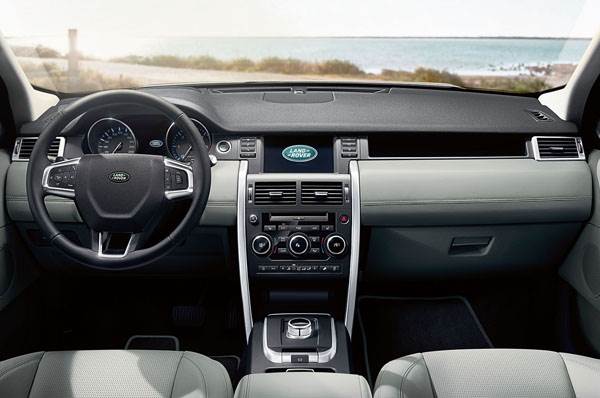
As well as handling the usual audio and navigation functions, it provides a hub for a new set of InControl apps that, for now, can provide vehicle tracking, access to emergency services and an in-car 3G hotspot.
Further back in the car, the second row of seating moves backwards or forwards by 160mm – allowing, at maximum, as much second-row legroom as a Range Rover. However, engineers emphasise that the third row best suits children of 13 or younger, although adults can use them at a pinch and entry/egress has been tested for adults of all sizes.
With the third-row seats folded into the boot floor, load space is cavernous. Even with the third row erected, it is surprisingly spacious, yet every Sport has space for a compact spare wheel.
BODY AND CHASSIS
Like the Evoque, the Discovery Sport has a steel monocoque basic structure, but the engineers have done their best to improve rigidity and contain weight by increasing the use of high-strength steel. They’ve also followed a general Jaguar Land Rover trend by using aluminium for the Sport’s roof, wings, bonnet and tailgate.
The Sport is 4590mm long – 91mm longer overall and 80mm longer in the wheelbase than the Freelander. That seems relatively little growth in bulk given the impressive space increases in both the boot and rear compartments.
Land Rover’s director of programmes, Murray Dietsch, says engineers heeded calls from Freelander owners to provide more space in both areas. This required them to design both a new chassis/body structure from the centre pillars back, and the new multi-link suspension that eliminates the space-sapping suspension towers of the previous system.

Like the existing strut front suspension, the new coil-sprung multi-link rear layout uses forged aluminium knuckles and links to save weight.
As a result of these and many other weight control measures, this new seven-seat SUV has a kerb weight of 1817kg – about the same as the slightly smaller, less spacious Freelander and a cool 800-900kg less than that of the ‘grown-up’ Discovery.
The Sport’s new chassis package includes improved disc brakes all round, a new variable-ratio electric power steering system, the option of an autonomous emergency braking system (it sees obstacles that you don’t) and a new external airbag that aims to reduce the injuries of pedestrians thrown on to the bonnet in an accident.
The Sport also gets an enhanced Terrain Response system that makes the Sport “extremely good” in off-road situations, even compared with its big brothers in the range.
According to Dietsch, the Sport feels nimbler to drive than the Freelander, mostly because of its more sophisticated, more compliant rear suspension. “It rides like a Discovery should,” he says, “with the planted, stable feel the larger model has. But the fact that it’s so much lighter than Discovery 4 means it feels far more agile. But don’t just label it a sportier Discovery; it has a unique character of its own.”
POWERTRAINS
The Discovery Sport will be available with just one engine in some international markets– the 188bhp 2.2 SD4 diesel also used by Peugeot-Citroën and Ford – and with four-wheel drive only. However, buyers can at least choose between a nine-speed ZF automatic and a six-speed manual gearbox.
Later in 2015 – Land Rover isn’t saying precisely when – the Sport will get JLR’s all-new Wolverhampton-built diesel, badged ED4 and evidently good for about 150bhp in entry-level guise from its new Ingenium engine family, destined first for the new Jaguar XE.
There will be two-wheel-drive versions of the Discovery Sport that, based on Evoque figures, should also shave 80kg off the Sport’s kerb weight.


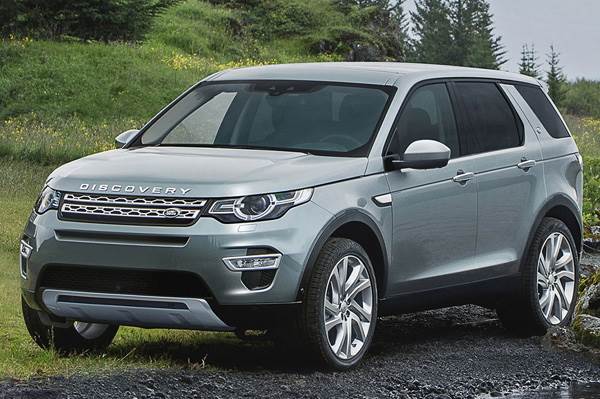
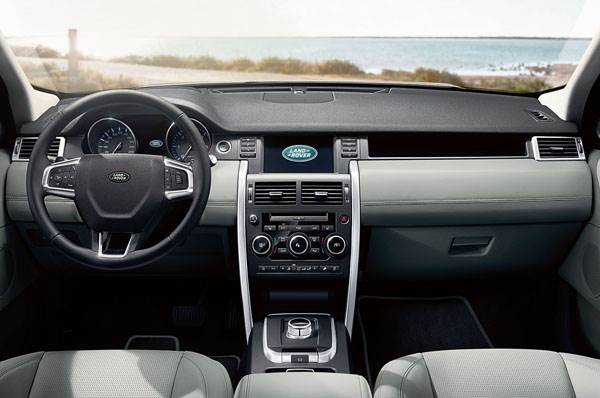
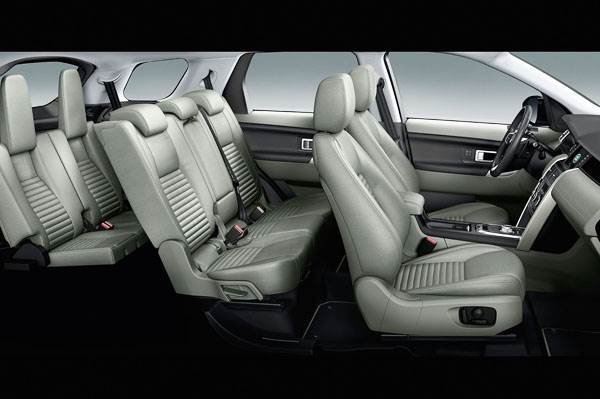
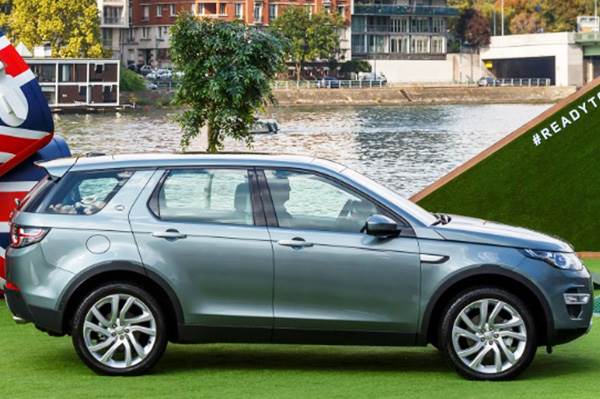

Comments
Member Login
Personal Details
No comments yet. Be the first to comment.